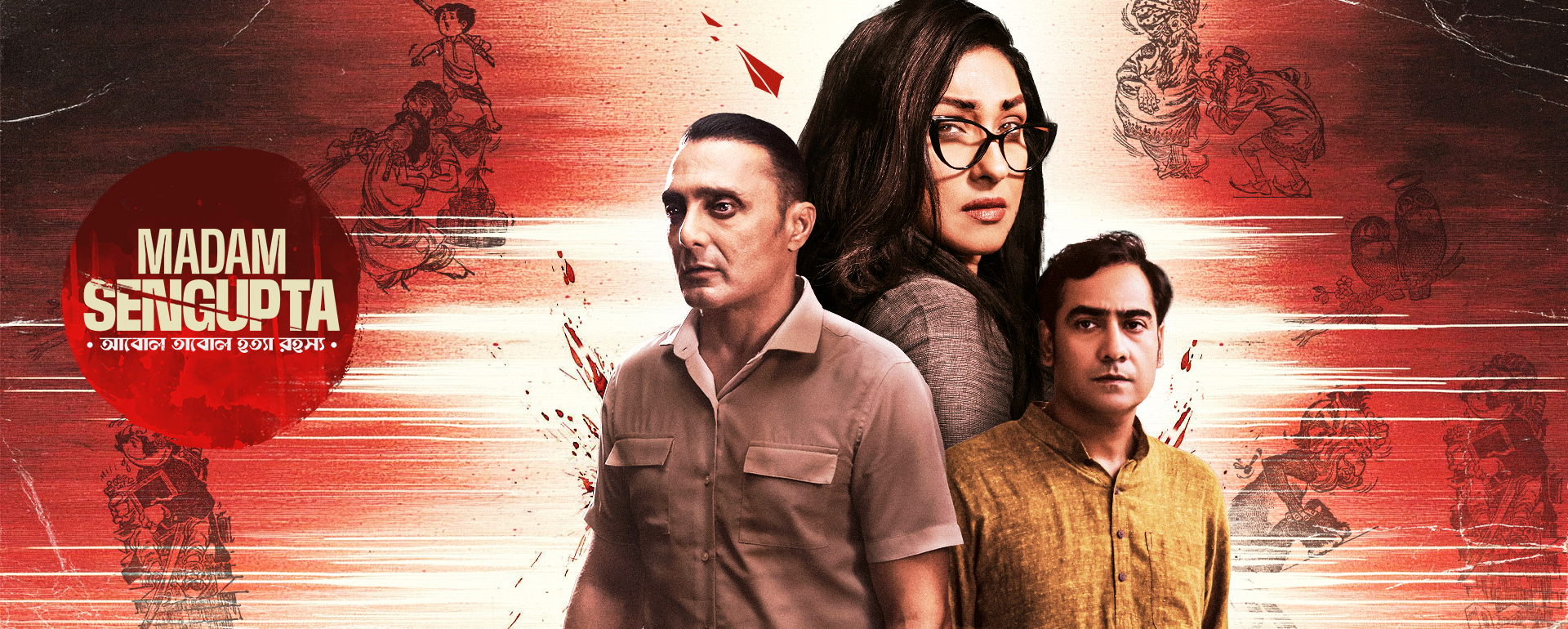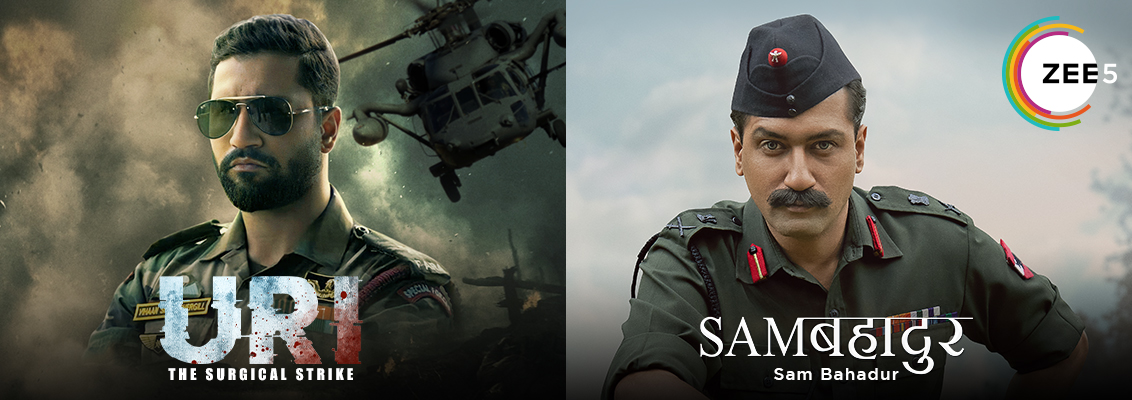Some thrillers run on noise. Madam Sengupta runs on nerve and method. The set-up is cruelly simple: Anurekha, a celebrated cartoonist, loses her daughter and refuses to let the case calcify into rumour. She turns her grief into work, partnering with reporter Ranjan Banerjee to read the city the way she reads a page—white space, margins, errant lines—and follows the pattern wherever it leads. This is a Bengali crime thriller that trusts viewers to connect dots, not just jump at shadows.
The film streams with a U/A 13+ rating and a 2h 4m run time for viewers. Rituparna Sengupta and Rahul Bose lead; Kaushik Sen, Ananya Chatterjee, and Paran Bandopadhyay shine in key parts; Sayantan Ghoshal directs. The logline reads simply: no maze for show, no trick paths; a mother, a journalist, and a city hide meaning in plain sight and keep the mystery firm and fair.
What Makes This Investigation Tick
Strip the film to its gears and you’ll find a simple principle: process is drama. Scenes progress through interviews, contradictions and choices, not sudden detours. You can feel the script quietly insist on cause-and-effect; every conversation alters the shape of the next one. If you’re curating your slate, park this next to a couple of titles from our Movies hub and you’ll notice the difference immediately—this one breathes in beats, not bursts.
Rituparna Sengupta’s Quiet Razor; Rahul Bose’s Grounded Counterweight
As Anurekha, Rituparna Sengupta plays stillness like a blade. You remember how she measures a room more than any speech she delivers; the performance is textured by what she withholds. Rahul Bose, as Ranjan Banerjee, is credibility you can bank on—sceptical, fair, and stubborn about proof. When the two finally lock step, the film settles into a rhythm that lets the reveals land with weight rather than volume. If you’re browsing more in this lane after the credits, the shelf of Bengali thriller movies is a good next hop.
Direction That Chooses Clarity Over Flourish
Sayantan Ghoshal stages the film with a reporter’s eye for geography. Corridors, newsrooms, cafés—the spaces are legible, which means you always know where the next door is and why it matters. That spatial clarity keeps you oriented even when the investigation pivots. The camera waits, and small marks carry story: a scuff on a tabletop, a file half pulled from a cabinet drawer. If you like thrillers that keep to firm ground, the Bengali crime movies shelf makes a steady, friendly companion browse for long, slow nights.
Writing, Editing, and the Clean Payoff
Sougata Basu’s story and screenplay seed clues that actually pay off; stray remarks and casual asides return later with new charge. Subhajit Singha’s editing trims to meaning, not just momentum—transitions feel earned, not impatient. The film’s most satisfying quality is how it refuses to “cheat” you into surprise; the ending clicks because the groundwork was visible all along, even when you didn’t know what you were seeing.
Score and Songs That Frame, Not Hijack
The music knows when to press and when to vanish. Indraadip Dasgupta’s score creates pressure without crowding the frame, while songs by Anupam Roy trace mood without stealing time from the case. It’s underscoring as a support system, not a protagonist—exactly the balance investigative cinema needs. If you’re mapping your weekend watchlist across recent arrivals, keep an eye on our Bengali movies lane and pair this with another slow-burner.
The Literary Thread That Matters
Plenty of thrillers borrow literature as garnish. Madam Sengupta uses it as a lead. Echoes of Sukumar Ray’s Abol Tabol crop up not as clever references but as narrowing tools—symmetry, language, staging—until they reshape how you read motive itself. The film trusts you to catch it, sit with it, and let it change the suspects in your head. That trust is rare, and it’s earned.
World-Building You Can Touch
The production design feels used rather than staged. You learn as much from the way a newsroom stores a file as from any exposition. Rooms are busy without clutter, props are pointed without being theatrical. It sounds small, but these choices keep the film on human scale; when decisions arrive, they feel like consequences, not twists pulled from a hat. For out-of-language viewers, the Bengali audio with English subtitles preserves this texture without sanding off idiom or intent.
How To Watch It Best
Two sensible routes. If you like momentum, give the film a single, uninterrupted sitting. The 2h 4m length is tuned for that: interviews accumulate, contradictions surface, a pattern hardens, and the last stretch pulls you through on earned logic. If you’re a note-taker, watch in a quiet slot, pause twice—once after the mid-investigation inflexion, and once just before the final run—to test your own map against Anurekha’s and Ranjan’s. Either way, the structure doesn’t punish you for paying attention; it rewards it.
After The Credits: Where to Go Next
If the craft tracker in your head is still buzzing, steer your discovery toward method-first stories. Our Drama movies shelf often houses character-driven pieces that trade volume for consequence; when you’re ready for another case file, head back to Thriller movies or the Crime movies lane. The contrast will be instructive: once you’ve seen how Madam Sengupta builds tension out of interviews and evidence, noisy shortcuts in lesser thrillers are hard to unsee.
Bottom Line
Madam Sengupta is an investigation that behaves like one. It does the work—patiently, precisely—and lets the performances carry the ache while the script carries the proof. If you want a Bengali crime thriller that respects your attention and earns its ending, start here. Then, when the lights in your room look a shade different, you’ll know why.
Bio of Author: Gayatri Tiwari is an experienced digital strategist and entertainment writer, bringing 20+ years of content expertise to one of India’s largest OTT platforms. She blends industry insight with a passion for cinema to deliver engaging, trustworthy perspectives on movies, TV shows and web series.




